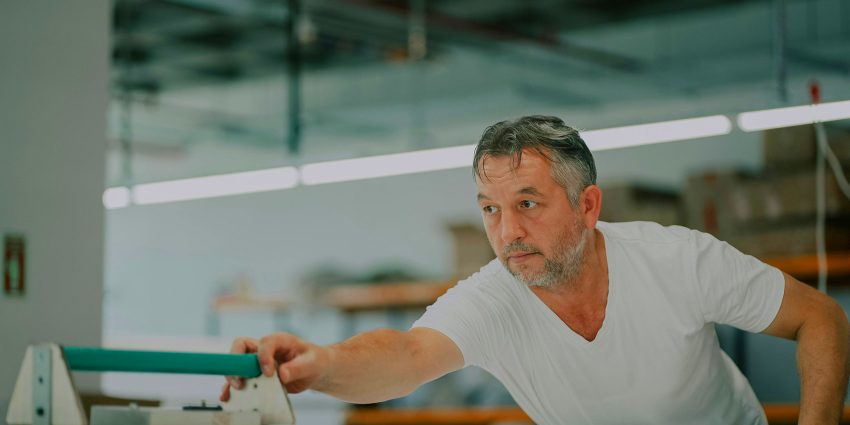At first glance, tools can look almost identical. A hammer is a hammer, right? A punch is just a punch? Not quite. The difference between cheap and quality tools goes far beyond price tags. It shows up in performance, longevity, and the experience of using them. Once you’ve worked with both, you quickly realize they’re not even in the same league.
Materials That Matter
The biggest distinction often lies in what the tool is made from. Cheap tools tend to use lower-grade metals or plastic parts that simply don’t last. Handles loosen, blades dull quickly, and components break under pressure. Quality tools, by contrast, are forged with better steel, stronger finishes, and carefully crafted handles.
They don’t just survive tough jobs, they thrive in them.
Designed for Precision
Quality isn’t only about strength. It’s about accuracy. Cheap tools may “get the job done,” but often with inconsistencies, crooked cuts, uneven strikes, or unpredictable results. Well-made tools are designed for control. The balance feels natural.
The edge stays sharp longer. Every cut, strike, or stitch lands where it should. That kind of reliability saves both time and frustration.
Two Clear Advantages of Quality Tools
- Durability. They last for years, sometimes generations, with minimal wear and tear.
- Consistency. They deliver the same high-level results every time, protecting both materials and workmanship.
These advantages aren’t just nice to have. They directly affect the quality of the finished product and the efficiency of the work.
The True Cost of Cheap
It’s easy to be drawn to the lower price point. But cheap tools often lead to wasted money in the long run. They break faster, which means frequent replacements.
They also waste materials when cuts or punches go wrong. A few ruined projects can quickly cost more than the “expensive” tool you avoided at the start.
The Feel in the Hand
Professionals often talk about how a good tool “feels right.” That’s not just sentimentality. Ergonomics, balance, and grip all play a role in reducing fatigue and improving results.
Cheap tools rarely account for this. Quality tools are engineered to feel comfortable, making long sessions of work smoother and more enjoyable.
Two Questions That Separate the Good from the Bad
- Does it hold up under pressure? A tool that bends, chips, or cracks can’t be trusted.
- Does it protect the craft? If it damages materials or produces uneven results, it costs more than it saves.
Why It Matters?
The difference between cheap and quality tools isn’t about status, it’s about results. Quality tools respect the craft, the worker, and the material. They last longer, work better, and ultimately save money.
Because in the end, tools aren’t just things we use. They shape the work we create. And the right tools make all the difference.

